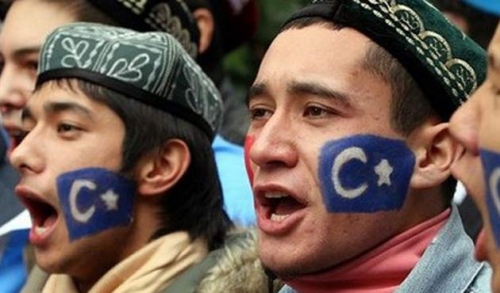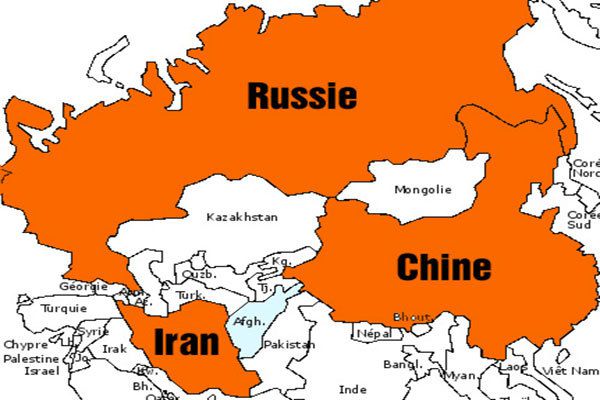Publication: China Brief Volume: 16 Issue: 2
By: Jacob Zenn
Ex: http://moderntokyotimes.com
The Jamestown Foundation
China’s growing global footprint, escalating conflicts and the spread of terrorism in theaters ranging from Syria to Afghanistan and Southeast Asia have created openings for non-state actors to target Chinese interests and citizens overseas. Accompanying China’s growing global footprint and the spread of terrorism in theaters ranging from Syria to Afghanistan and Southeast Asia have created openings for non-state actors to target Chinese interests and citizens overseas. Traditionally, militant groups within China arose from independence movements with ethnically-linked narratives. Their suppression within China, as well as China’s growing international exposure, led some of these groups to build relationships with international terrorist groups abroad: while they could not survive wholly within China, they found breathing room in the form of operational space with co-ethnics outside of the country. This is primarily the case for Uighur movements commonly referred to by the catch-all name “East Turkistan Independence Movement(s), or (ETIM).”
Given China’s rising engagement in the Middle East—from President Xi Jinping’s series of state visits this January, to a role in the Iran nuclear deal, to a growing military footprint on the peripheries of the region boosted by the recent commitment to building a base in Djibouti—an assessment of non-state terrorist threats, particularly from Al-Qaeda and its sub-affiliate, the Turkistan Islamic Party (TIP), and the Islamic State (IS) and its “Provinces,” to China, as well as Chinese perceptions of them, is appropriate. This assessment is useful in understanding the differences in costs to China’s human security versus national security objectives. As such, the knowledge of how non-state actors influence Chinese policy and actions is relevant for governments and analysts in assessing China’s foreign policy, as well as providing opportunities for engagement on issues of overlapping concern.
Al-Qaeda and Islamic State Threats to China
Al-Qaeda / Turkistan Islamic Party (TIP)
Anti-Chinese Uighur militants shifted from operating under the umbrella of the Islamic Movement of Uzbekistan (IMU) and Taliban in Afghanistan and Pakistan to forming the TIP in 2006 (China Brief, May 23, 2014). Since then, the TIP has become part of Al-Qaeda’s structure. Although it is not an Al-Qaeda “affiliate” on the level of AQIM in Northwest Africa, Al-Shabaab in East Africa, AQAP in Yemen and Jabhat al-Nusra in Syria, the TIP now operates alongside Jabhat Al-Nusra and can be considered a “sub-affiliate.” Moreover, before the TIP adopted the Syrian war as its own cause in 2013 (in part to seek reciprocal support from jihadists for its goals in Xinjiang), leading Al-Qaeda figures, such as the late Khalid Al-Husaynan and late Abu Yahya Al-Libi, issued statements in support of the TIP (Terrorism Monitor, May 24, 2015). More recently, in 2015, Abdullah Al-Muhyasini, a Saudi preacher close to Jabhat Al-Nusra, also issued statements supporting the TIP (Islom Awazi, December 2, 2015). Al-Qaeda affiliates, such as AQIM and Al-Shabaab, have formally promoted the TIP and its cause to “liberate East Turkistan,” while the TIP, in turn, has also issued statements in support of mainstream Al-Qaeda figures, such as a eulogy for AQIM sharia official Abu al-Hassan Rashid al-Bulaydi on January 7, 2016.
Beyond its propaganda with Al-Qaeda, the TIP has often claimed responsibility for major operations domestically in China, including:
- Bus-bombings in several cities before the Beijing Olympics in 2008;
- A truck hit-and-run on pedestrians and mass stabbing attack in Kashgar on Ramadan Eve in 2011;
- A low-sophistication suicide car-bombing in Tiananmen Square in Beijing in October 2013;
- A mass stabbing at the Kunming Train Station in March 2014;
- An apparent double-suicide bombing (or suitcase bombing) at Urumqi Train Station in April 2014; and
- Car-bombings and explosions killing at an Urumqi market in May 2014 (Terrorism Monitor, May 24, 2015)
However, as TIP’s propaganda and fighters have shifted their focus from Afghanistan—and even Xinjiang—to Syria, the TIP has become involved in “cheerleading” attacks in Xinjiang than masterminding them. Rather, the “masterminding” of the most recent attacks in China appears to have been carried out by loosely inter-connected cells across the country. These cells have some coordination with each other as well as with Turkey-based Islamist organizations that run fake passport schemes and assist Uighur men and their families migrate from China through Southeast Asia to Turkey (and sometimes to the TIP or other settlements under rebel control in northwestern Syria) (Today’s Zaman, January 14, 2015; Yenisafak.com, June 30, 2014).
While the TIP may be primarily a propaganda platform for recent attacks in Xinjiang, Istanbul-based East Turkistan Education and Solidarity Association (ETESA) also praises—or at least justifies—attacks. These include the aforementioned attacks as well as others that the TIP has not claimed, such as the assassination of the pro-Chinese Communist Party leading imam at the Id Kah mosque in Kashgar in 2014, and a large-scale attack at a coal mine in Xinjiang in October 2015 (SCMP, July 30, 2014). Either these attacks occurred outside the scope of the TIP or were so locally ordered and executed (and minimally reported on outside of China) that the foreign-based TIP did not take notice.
The Islamic State
The Islamic State brought China into its focus in 2015, although a predecessor to the Islamic State in Iraq and Al-Sham (ISIS) featured at least one Chinese fighter in its propaganda as early as 2013 (YouTube, March 18, 2013) The Islamic State’s more recent focus on the Uighurs may have been a reaction to the increasing numbers of Uighurs—reportedly up to 1,000 fighters—fighting in the TIP (and therefore with Al-Qaeda affiliate Jabhat Al-Nusra). The Islamic State’s promotion of the status and cause of Uighurs in its ranks included:
- Two videos and tweeted photos of an elderly Uighur man who made “hijra” (exodus or migration) from Xinjiang to Syria with his family (shanghaiist.com, June 4, 2015);
- Suicide attack “martyrdom” claims of Uighurs (and other Central Asians) in Syria and Iraq; and
- An Islamic State-produced nasheed (Islamic chant) in Mandarin Chinese, which represented a general outreach to Chinese Muslims, including Huis, Kazakhs, and possibly Uighurs who speak Mandarin more fluently than Uighur (although the quality of this nasheed was lower than typical Arabic language ones.
For China, the recruitment of TIP jihadists—China’s traditional opponent—into Islamic State represents an evolved and hitherto unknown threat. While these recruits arguably make the TIP weaker, higher levels Uighur militancy in the Islamic State is a “devil that China does not know.” It is possible that the Islamic State could generate traction within China where, since 2006, the TIP has not—that is, if the Islamic State has the tools to be as effective in social media and propaganda outreach in a more closed media environment like China as compared to Europe.
The Islamic State has also likely begun to compete with the TIP in recruiting Uighurs along the trafficking networks in Southeast Asia that assist Uighurs to travel to Turkey and Syria. Four Uighurs stood trial in Indonesia in 2015 for trying to meet with the Mujahidin Indonesia Timor (MIT) in Sulawesi, which is a militant group based in Central Sulawesi, whose leader, Santoso, pledged loyalty to Al-Baghdadi in 2014 (Jakartapost, December 1, 2015). In addition, numerous Islamist organizations in Indonesia have expressed support for the Islamic State and served as feeders for Islamic State recruitment in Syria and Iraq. One man known as Alli, was part of a group of three Uighur militants arrested outside of Jakarta in December 2015 with a bomb-making manual and lists of jailed Indonesian terrorists, as well as Indonesians in Syria who joined the Islamic State. Counterterrorism officials suspected members connected to this cell were involved in the Erawan Shrine bombing in Bangkok, Thailand on August 17, 2015 (Bangkok Post, December 26, 2015). Alli was also reported to be part of the network of Al-Raqqa-based Indonesian Islamic State militant Bahrun Naim before Naim masterminded a series of attacks in Jakarta on January 14, 2016 (Jakarta Globe, December 24, 2015; Time.com, December 28, 2015).
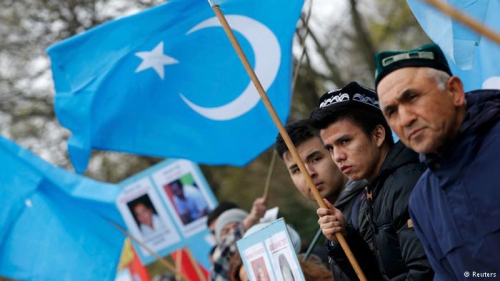
Assessment of Threats
TIP / Al-Qaeda
Despite the increasing numbers of attacks by networks of Uighur militants in China, the threat to China from such attacks remains an issue of human security—not national security. The rising death toll of Chinese citizens in these attacks are “only” in the several hundreds each year. Even if they were in thousands, however, this would hardly lead China to yield to the demands of groups like the TIP and ETESA for the construction of an Islamic state and ending, among other policies:
- The migration of Han Chinese from eastern China to Xinjiang;
- Use of Chinese language in schools in Xinjiang;
- Encouragement of inter-marriage between Han and Uighurs and job offers for Uighur women in eastern China (where presumably they would assimilate or marry Han Chinese);
- Restrictions on offspring (Uighurs and most Chinese minorities have, however, had fewer restrictions as part of the former “one-child policy” than Han families); and
- Testing of nuclear weapons in Xinjiang (Militant Leadership Monitor, December 30, 2011)
Beyond attacks in China, what also could place pressure on China are actions by states. Thus, TIP, ETESA and other Islamist organizations have adopted a “Palestine strategy” of framing China’s rule in Xinjiang as an “occupation,” delegitimizing Chinese sovereignty, and ultimately seeking an international referendum on Xinjiang’s status (presumably parts of northwestern Xinjiang where Han already far outnumber Uighurs would not be included in such a vote). [1] This strategy may be of greater relevance to China as a state than the human security losses as resulting from Uighur militancy (China Brief, May 23, 2014). While the prospects of any such referendum occurring in the near-term future is highly unlikely, there is some evidence that this narrative is finding sympathetic ears:
- Then Turkish Prime Minister Tayyip Erdogan called Chinese rule in Xinjiang a “genocide” in 2009 (Hurriyet, July 14, 2009);
- The TIP held territory in northwestern Syria as part of the coalition with Jabhat Al-Nusra with support from Turkey or Turkey-based organizations, which furthered support and recognition of the TIP from supporters of Jabhat Al-Nusra around the Muslim world; [2] and
- The prospect of re-shaping the borders in the Middle East that could lead to new conceptions of sovereignty and statehood—not only in that region but elsewhere throughout the Islamic World, including Central Asia and Xinjiang
Thus, it is the mobilization potential of groups like the TIP or ETESA, which merge pan-Islamist themes with Uighur nationalism while accepting—and even promoting—violent struggle, or “jihad” (even though ETESA may not directly participate in it) that may become the broader national security issue for China to deal with in the future. In fact, China’s counterterrorism success in preventing the TIP from gaining the traction to begin a full-blown insurgency in Xinjiang capable of anything beyond a few sporadic albeit deadly attacks may have forced the TIP and ETESA to become increasingly close in their respective “cheerleading” and “advocacy” roles.
The Islamic State
Despite the Islamic State’s overall expansion beyond Iraq and Syria in 2015, its direct threat to China is still low compared to other regions. The Islamic State announced it killed Chinese and Norwegian hostages in its magazine, Dabiq, in November 2015 after having first offered them for “sale.” But the focus of its propaganda in terms of killing hostages is still mostly on Westerners or, in some cases, their allies, such as the Japanese (SCMP, November 20, 2015). Moreover, closer to China’s borders, Southeast Asian jihadists are not yet sufficiently unified for the Islamic State to announce a Province in South East Asia, despite the bayat (pledges) to Islamic State leader Abubakar Al-Baghdadi from several Indonesian and Philippine factions since 2014. Nonetheless, in terms of logistics the Islamic State has funding and immigrant support networks in the Persian Gulf region, Malaysia, Hong Kong and even Japan that can facilitate its “infrastructure-building” in Southeast Asia ahead of a possible Province announcement in 2016 (isisstudygroup, October 15, 2015).
In addition, while the TIP has focused on appealing to recruits from the Chinese Hui and Chinese Kazakh minorities more than the Islamic State, the Islamic State does not appear to have any “local” traction within China. The Islamic State’s apparent hacking of the prestigious Tsinghua University’s website on January 18, 2016 highlights the possibility of the “Islamization” of anti-government sentiment in China, which could lead to the growth in support for the Islamic State in the same way it has in Europe. [3] Some elites, including dissidents from Muslim minority communities, may also have sympathies for the Islamic State for religious, ideological or political reasons (SCMP, January 18).
While Islamic State consolidation in Southeast Asia and a smattering of support for it from within China would certainly be of concern within Chinese borders, no prospective Southeast Asian provinces or domestic pro-Islamic State movement would comprise a national security threat to major Chinese diplomatic or trade interests for the foreseeable future – even if they could harm the human security of Chinese nationals. Rather, China is likely more concerned about the arrival of the Islamic State in Afghanistan via its Khorasan Province, which subsumed the Islamic Movement of Uzbekistan (IMU) and is intended to include Xinjiang and to subsume all of Central Asia. [4] Khorasan province does not appear to be more powerful than the Taliban or likely to control large tracts of territory in Afghanistan, but even fighting between Khorasan Province and the Taliban and Al-Qaeda or the Afghan government could further destabilize and complicate the economic and political situation in Afghanistan. This, in turn, would undermine Chinese strategic interests in Afghanistan and objectives of China’s New Silk Road and One Belt, One Road plan road at a time when China is considering elevating trade with Iran following the U.S. “Iran Deal” and its international profile with expected visits of President Xi to Iran and Saudi Arabia in 2016 (SCMP, January 15).
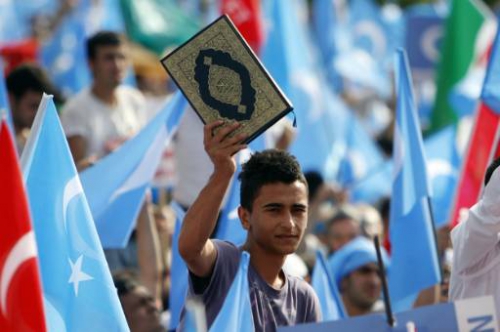
Conclusion
The threat of non-state actors to China such as the TIP, Al-Qaeda and the Islamic State can influence Chinese state policies, priorities and objectives. Thus, even though this article assesses that these threats mostly concern the human security rather than the national security of China and its citizens, they do indirectly affect China’s power projection, counter-terrorism calculus and foreign policy. These threats also have the potential to affect China’s level of engagement abroad, including its use of special forces overseas, new counter-terrorism laws, pressure relationships with allies (such as Pakistan to crack down on anti-Chinese militancy), tacit support to other governments’ foreign policies (such as Russia’s airstrikes in Syria), and its academic understandings and trainings in counterterrorism studies. Thus, the role of non-state actors is relevant not only in terms of security affairs but also in broader diplomacy, relationships, and engagement with China.
Jacob Zenn is a Fellow of Eurasian and African Affairs at The Jamestown Foundation. Mr. Zenn graduated as a Global Law Scholar from Georgetown Law in 2011 and the Johns Hopkins School of Advanced International Studies (SAIS) Nanjing Center for Chinese-American Studies in Nanjing, China in 2007.
Notes
- Author’s Interview, ETESA supporter in USA, 2015
- The start of the Russian bombing campaign in northwestern Syria in late 2015 appears, however, to have led to more than 30 TIP deaths and the destruction of TIP’s main headquarters as well as settlements where militants were living with their families.
- Oliver Roy, “ International Terrorism: How can prevention and repression keep pace?” BKA Autumn Conference, November 18–19, 2015 life.eui.eu, November 18, 2015
- The Taliban nonetheless reportedly killed or captured the IMU leader, Usman Ghazi, and killed other IMU members after Ghazi pledged to Al-Baghdadi such that the IMU may now be near-elimination.
Files:
The Jamestown Foundation kindly allows Modern Tokyo Times to publish their highly esteemed articles. Please follow and check The Jamestown Foundation website at http://www.jamestown.org/
https://twitter.com/JamestownTweets The Jamestown Foundation
http://www.jamestown.org/programs/chinabrief/single/?tx_t...




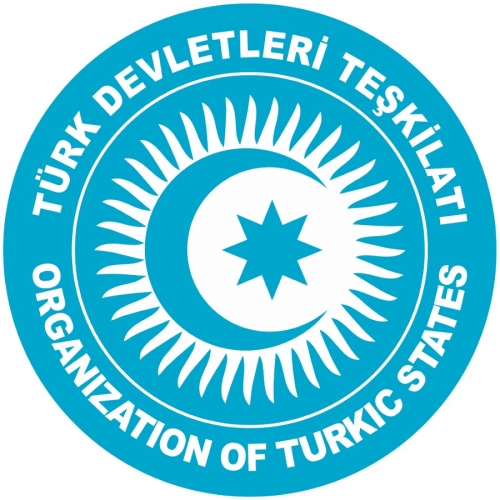

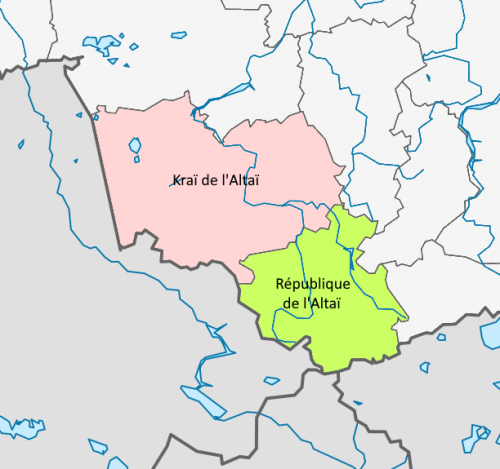
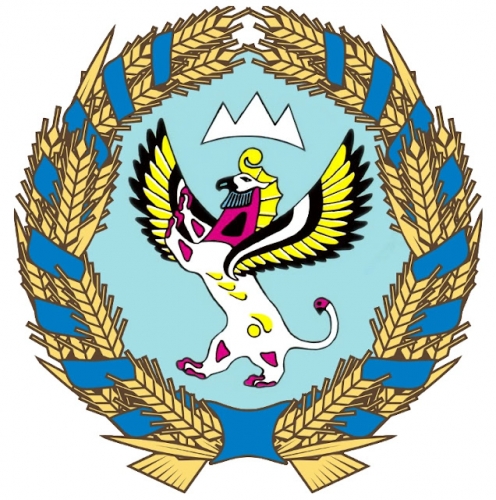


 del.icio.us
del.icio.us
 Digg
Digg